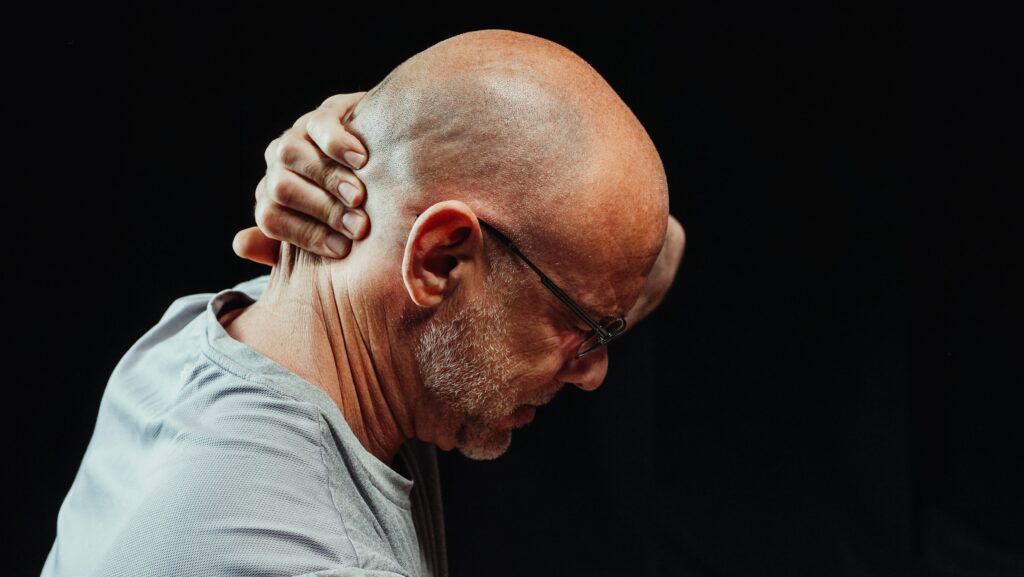Achieve Optimal Neck Health: Your Guide to Effective Physical Therapy for Postural Dysfunction
Introduction
Physical therapy is a highly recommended option for individuals experiencing neck postural dysfunction. Through physical therapy, the optimal range of motion in the cervical spine can be restored, while reducing chronic pain. Best of all, physical therapy is a non-invasive and cost-effective treatment that can be tailored to each patient’s specific needs, making it a favorable option over pharmacological or surgical interventions.
The goal of physical therapy is to enable patients to regain full function and return to their daily routines with minimal discomfort or pain. By providing education, effective exercises, and attention to individual needs, physical therapy is a proven route to improving one’s quality of life in a non-invasive way. If you are experiencing neck postural dysfunction, consider seeking out a physical therapist to help you get on the path to recovery.
What to Expect at Physical Therapy
At physical therapy, you will typically have an initial assessment with your therapist to identify any areas of tightness or weakness, as well as any restrictions in range of motion or other postural abnormalities. After the assessment, your therapist will create a plan of care based on your goals and needs. This may include stretches, strengthening exercises, massage techniques, postural re-education, joint mobilization and manipulation techniques, ultrasound therapy, and hot/cold packs. Depending on the severity of your symptoms or condition, treatment sessions may last up to 30 minutes or more.
Types of Exercises You Might Do
Your physical therapist will provide you with specific exercises that are designed specifically for your condition and goals. Some of these exercises may include:
- Isometric contractions: Isometric contractions involve contracting a muscle without moving the joint or limb it is associated with. This type of exercise helps strengthen neck muscles while allowing for rest between reps.
- Soft tissue mobilization: Soft tissue mobilization includes stretching and massaging the soft tissues around the neck area such as muscles and fascia. This helps decrease tension in those areas, improving the range of motion and reducing pain levels.
- Range of motion exercises: Range of motion exercises help improve flexibility by moving joints gradually through their full range of motion without causing pain or further injury from overextension or straining them too quickly. These types of exercises are especially important for people who have experienced stiffening in their cervical spine due to immobility or postural changes over time.
- Posture training: The goal of postural training is to retrain the muscles so they can support proper posture when sitting, standing, or performing activities throughout the day without straining them too much or causing discomfort afterward. Your physical therapist may show you how to do certain stretches and movements that will help encourage better neck posture over time through repetition and practice in daily activities at home or work environment depending on your lifestyle demands.
How Long Recovery Takes
The length of recovery depends on a variety of factors including severity level at diagnosis as well as how long the symptoms have been present before seeking treatment. On average though most individuals find relief after about 4-6 weeks with a program lasting up to 12 weeks if more intensive treatment is necessary. During this period, it’s important to follow what your physical therapist has taught you religiously, as consistency will lead to faster results. Additionally, it’s beneficial if patients continue their treatment program even after completing it with their physical therapists. This may mean continuing certain stretches , strengthening exercises, etc., at home which will help maintain results long term.
Conclusion
Physical therapy is an effective way to reduce pain and improve the quality of life for individuals with neck postural dysfunction. Improvements in mobility can be expected in 4-6 weeks’ time with consistent effort. Continuing treatment after completing a rehabilitation program is crucial to ensure long-lasting effects. Consult an experienced professional immediately to start feeling better!

